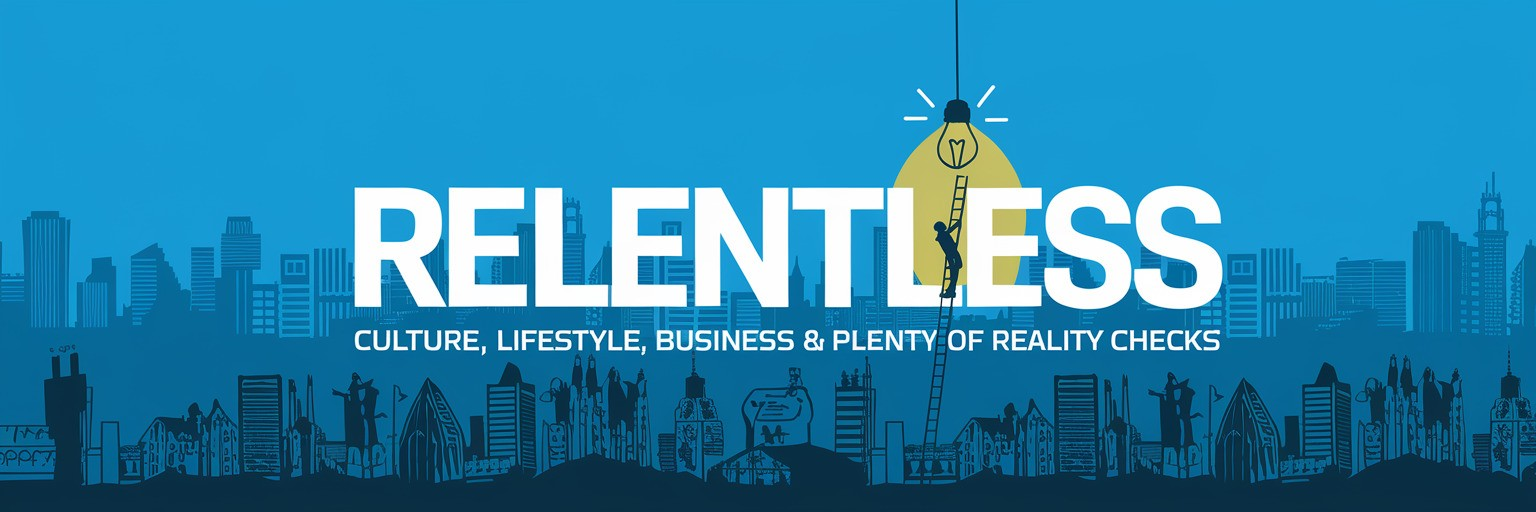In the 19th century, the city of Lucknow witnessed one of the most defining moments in India’s history – the war of 1857. Perhaps it is for this reason, (and the simultaneous rise of photography), that there exist several “albums” and “views” of the city. These photos, are now at museums and libraries in both Europe and India – and to our delight, available digitally. Many of these are by photographers well-known to audiences today – such as Samuel Bourne and Felice Beato.
This article spotlights the lesser-known Lucknow-photographers (of the 19th century) who worked within a more limited, local network.
Ahmad Ali Khan alias Chhotey Mian (active 1850s-1862)
(Nawab) Ahmad Ali Khan is hailed as the “first photographer” of Avadh. Scholars have traced the beginning of his photography career to an encounter with the French tourist, Baron Alexis de La Grange. At the time, Ahmad Ali Khan was an architect, known for designing Lucknow’s Kaiserbagh; the Darogah (Superintendent) of the Husainabad Imambara.

Khan learned to produce both daguerreotypes and photographic prints and would not charge any fee for creating photographs. He was also the “court photographer”, and thus had unrestricted access to the royal family (including the women).

Ahmad Ali was simultaneously popular amidst British officers. His extensive work in portraiture, scattered across collections today (like the British Library) are a testament to his respectability and network.



During the 1857 War, reports had emerged that he employed photography as a tool to document information crucial for the “rebels”. Although Khan was against the British during the strife, he was nominated to be a member of the Bengal Photographic Society after 1858.

Mushkoor-ud-Daulah & Asghar Jan (1860s-70s)
Mushkoor-ud-Daulah and his brother Asghar Jan operated a studio in Kaisar Bagh. Many of the from their studio are co-signed or bear the signature of ‘Mushkooroodowlah’ and his insignia.



Darogha Ubbas Ali (mid 1860s – 1880s)
“Ubbas Ali” was a municipal engineer in 19th century Lucknow. His photos of Lucknow in the 1870s, published as The Lucknow Album in 1874 capture 50 historically important places.

His other work, “Beauties of Lucknow” – an album featuring female performers and costumed actors from the Indar Sabha – made him the only Indian photographer in the 19th century to publish his work in book form.

You can see more photos by Ubbas Ali, here.
These early photographers from Lucknow may not have achieved the same widespread recognition as their European counterparts. Their images, though offer a unique and invaluable record of the city’s architecture, and social dynamics during a transformative period in Indian history.





